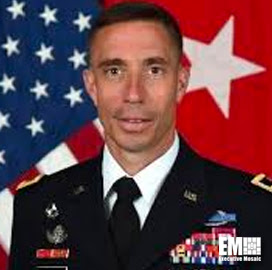Bruce Jette, the U.S. Army’s acquisition chief and a 2020 Wash100 awardee, has said the service branch is looking at ways to ensure the resiliency of the supply chain amid crises like the COVID-19 pandemic.
Jette, who serves as assistant secretary of the Army for acquisition, logistics and technology, told National Defense Magazine in an interview published on Wednesday that the Army’s acquisition strategy includes enlisting alternative suppliers and advanced manufacturing concepts.
Jette added that he and Hon. Ellen Lord, the undersecretary of defense for acquisition and sustainment and a fellow 2020 Wash100 Award winner, collaborated with local authorities as well as contractors to expedite payments, especially to small businesses.
According to Jette, the defense industrial base has experienced over 150 closures since March but the impacts of the pandemic were “not insurmountable.”
“Our top priority has been the health and safety of the workforce whether uniformed or non-uniformed, government or civilian,” he said. “Through the use of working from home we quickly implemented [Microsoft Office 365] Teams as part of how we do business.”
Jette added that the Army is continuing its support and “doing the primary bulk of the contracting” for the Trump administration’s Operation Warp Speed vaccine development campaign.
If you missed Thursday’s event, check out Potomac Officers Club’s Event Archive to watch the 5th Annual 2020 Army Forum, featuring Bruce Jette as the keynote speaker, as well as all recent POC events of 2020. Click here to find all of POC’s recent events.









